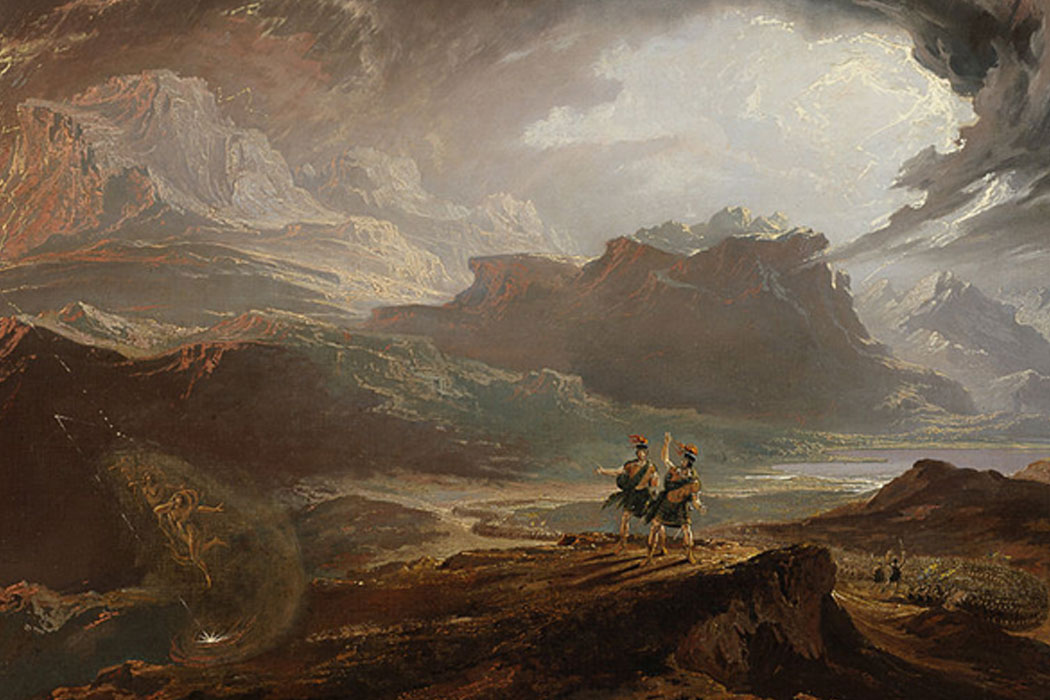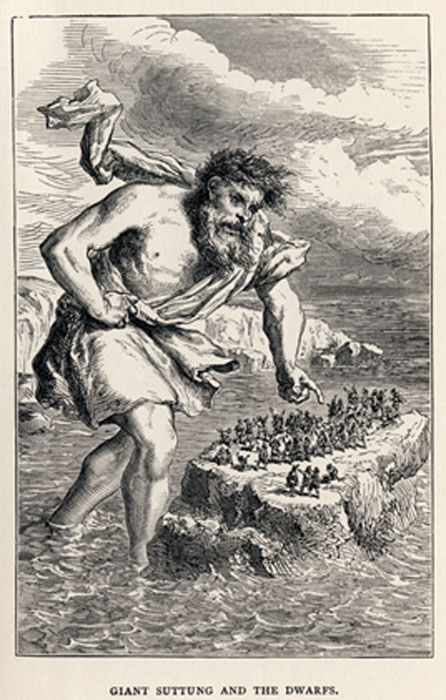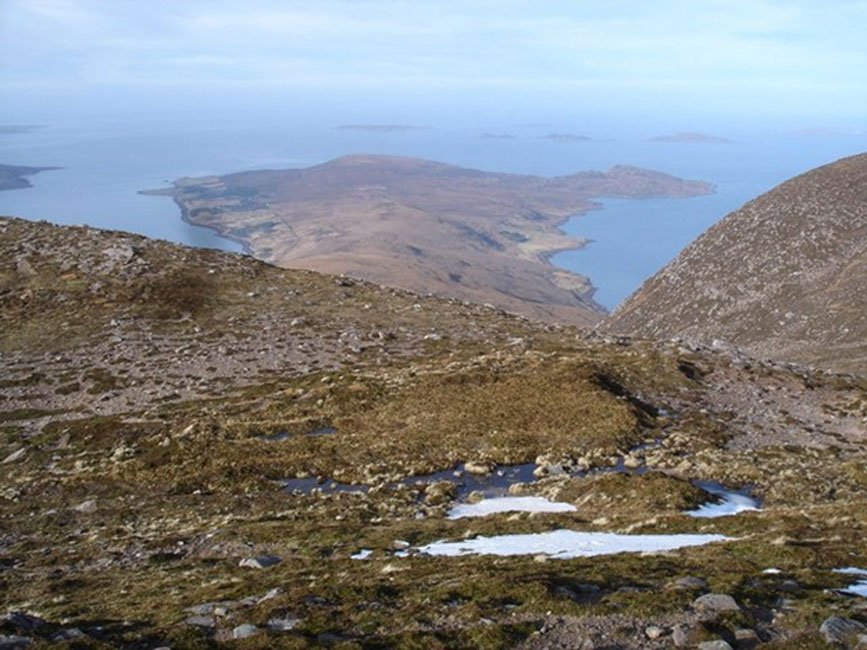
Landscape of Scottish Mythological Gods, Goddesses and Giants
Scottish mythology and folklore make a finely woven tartan (travel) rug threaded with a collection of colorful and sometimes dark tales that have emerged from the long history of Scotland; each one elaborated and bettered by successive generations of storytellers. But what if some characters among the pantheon of fairies, helpful and troublesome spirits, demons, angels, mermaids or the malevolent entity of an ancient mountain giant reported as haunting the Cairngorms mountain range, are real?

The Giant Suttung and the Dwarfs, by Louis Huard. (1900) illustration from The Heroes of Asgard: Tales from Scandinavian Mythology by A & E Keary. (Public Domain)
While this is an apparently extremely ‘fringe’ claim, even the most hardened skeptical reader will at the conclusion of this article be inclined to agree. However, in order to understand the nature of this real-life giant’s specter, one must begin at a time before time, when a giant goddess roamed barren lands that would much later become known as Scotland.

Saturn, Jupiter's father, devours one of his sons by Peter Paul Rubens (1577–1640) (Public Domain)
Seasonal Goddesses, Gods and Giants
While Greek and Roman myths were written by philosophers serving elitist agendas ‘all’ Scottish myths have themes taken from nature, causing the same story to change drastically from place to place reflecting the prominent features in localities, offering perspectives of how people interacted with nature at various times of the year.
Like in most parts of ancient Europe, Celtic tribal goddesses were most often associated with rivers, springs and lochs as these natural features best reflected the mystical powers of feminine fertility and divinity. One aspect of goddess worship focused on a youthful, virginal and fertile summer goddess, generally aimed at sustaining an abundance of crops and fresh water. Another aspect of goddess worship, or reverence and fear, was focused on the image of a wizened old ‘hag’ known as the dark Queen of all Scottish giants, the goddess and giantess Cailleach Bheur - the ‘Old wife’.

From Beinn Ghobhlach towards Cailleach Head Little Loch Broom to the left and Annat Bay to the right. The Minch straight ahead.( CC BY-SA 2.0).




